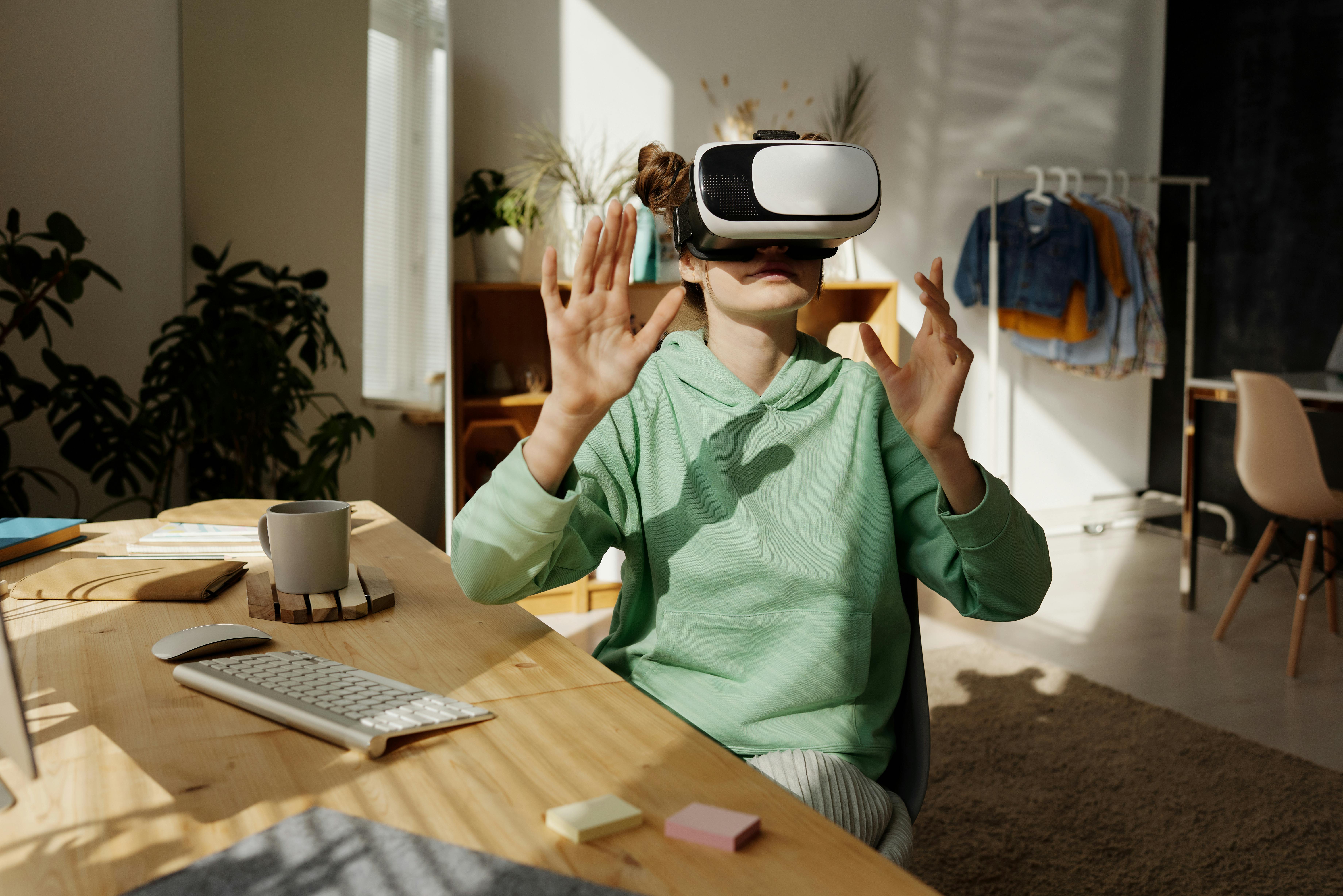The Rise of Augmented Reality in Everyday Tech
From sci-fi fantasy to everyday reality, augmented reality (AR) is increasingly becoming part of our daily lives. If you've ever added a filter to your selfie, followed a GPS map overlaid onto the real world, or battled a dragon in your living room, you've used augmented reality.

AR technology seamlessly blends digital information with the physical environment, opening up a world of interactive experiences. But how did we get here, and where is AR heading next? Let’s take a dive into the past, present, and future of augmented reality.
A Brief History: From Flight Simulators to Smartphone Selfies
The idea of overlaying digital information onto the physical world isn’t new. The first AR systems were developed in the 1960s for flight simulation, with pilots using head-mounted displays to practice navigating real-world scenarios.
But it was the advent of smartphones in the 2000s that truly brought AR into the mainstream. With their built-in cameras and sensors, smartphones became the perfect platform for AR applications. Suddenly, anyone with a smartphone could access AR experiences—from the silly (Snapchat filters) to the practical (Google Maps’ AR walking directions).
The Present: AR in Everyday Tech
Today, AR technology is all around us. It’s used in gaming, social media, education, retail, and even healthcare.
In gaming, AR has given us phenomena like Pokémon Go, which uses your phone’s camera to overlay digital creatures onto the real world. On social media, AR filters transform our selfies into works of art or hilarious memes. In retail, AR allows us to virtually try on clothes or see how furniture would look in our homes. And in healthcare, AR is used for everything from surgical training to mental health therapy.
The Future: AR Glasses and Beyond
The future of AR is even more exciting. Tech giants like Apple, Facebook, and Google are all rumored to be developing AR glasses, which would bring AR experiences into our everyday lives without the need for a smartphone.
Imagine walking down the street and seeing restaurant reviews overlaid onto the storefronts. Or getting directions that appear as arrows on the actual road. Or even seeing a friend’s latest social media post floating in the air next to them.
The Price and Impact of AR Technology
AR glasses are still a few years away, and it’s hard to predict exactly how much they’ll cost. But given the high price of current VR headsets, it’s likely that AR glasses will be a significant investment.
As for the impact of AR technology, it’s clear that it’s already changing the way we interact with the world. And as AR becomes more integrated into our everyday lives, it’s likely to transform industries from gaming to retail to healthcare.
In A New Reality
From its humble beginnings in flight simulators to its current ubiquity in smartphones, augmented reality has come a long way. And with the development of AR glasses, it’s clear that AR is not just a passing trend—it’s a new way of experiencing the world.
Whether we’re catching virtual creatures in our backyards, trying on clothes without leaving our homes, or navigating new cities with ease, AR technology is making our lives more interactive, more immersive, and more fun. And that’s a reality we can all get excited about.




